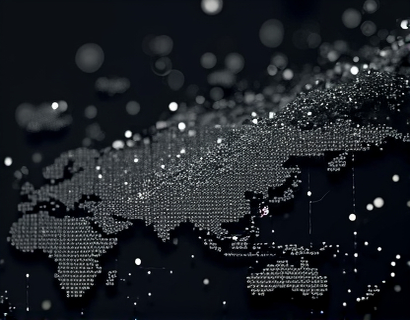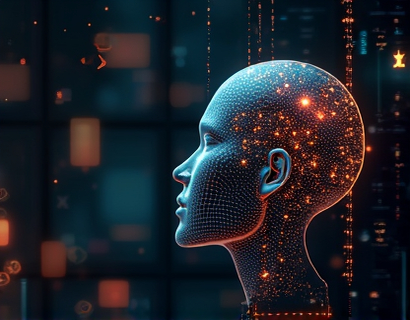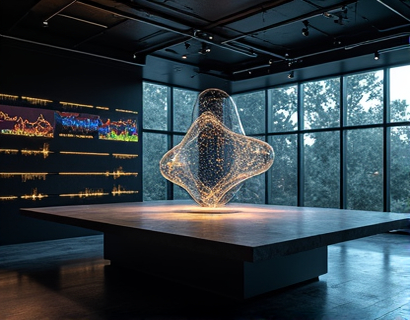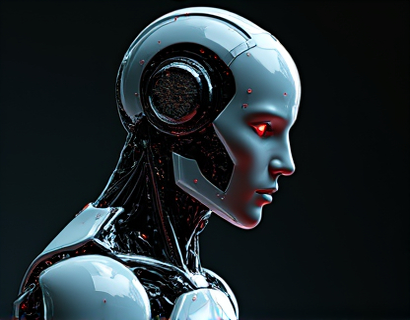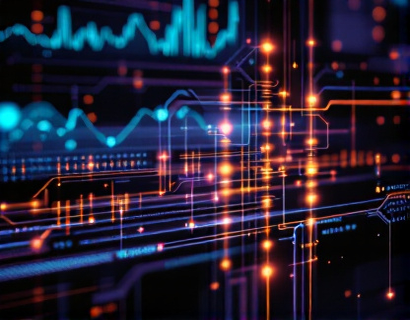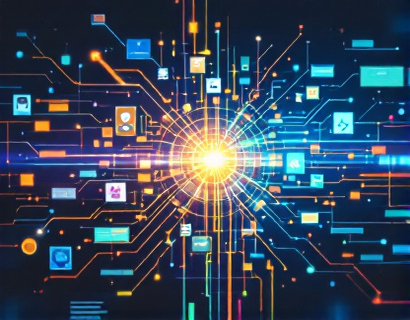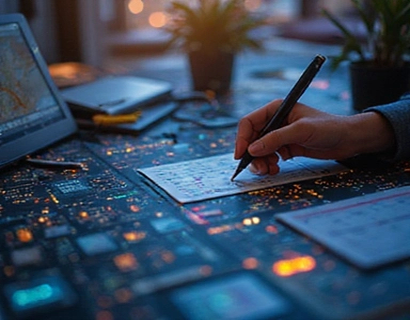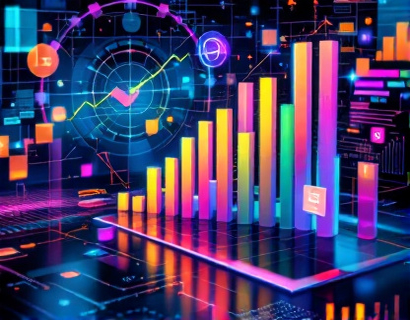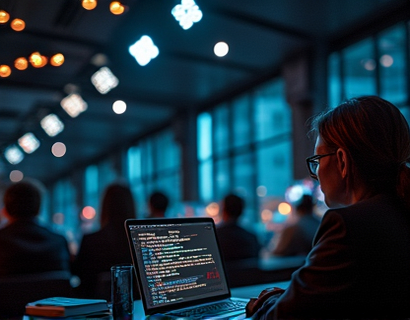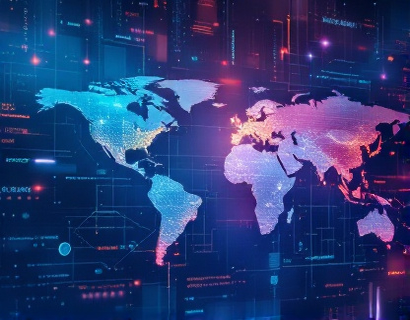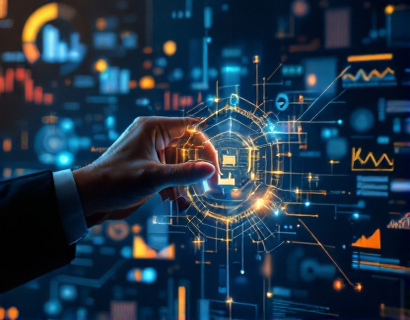Revolutionizing Productivity in the Digital Age: The Synergy of Crypto and AI
The intersection of cryptocurrency and artificial intelligence (AI) is giving rise to a new era of digital solutions that are transforming the way tech innovators and digital visionaries approach productivity. This synergy is not just about combining two cutting-edge technologies; it's about creating a powerful ecosystem that streamlines tasks, enhances efficiency, and opens up new possibilities for tech leaders and early adopters. In this article, we will explore how the integration of crypto and AI is revolutionizing productivity and what this means for the future of digital innovation.
The digital landscape is rapidly evolving, and tech innovators are constantly on the lookout for tools and technologies that can give them a competitive edge. Cryptocurrency, with its decentralized and secure nature, has emerged as a key player in this evolution. Meanwhile, AI is transforming industries by automating complex tasks, providing insights from vast amounts of data, and enhancing decision-making processes. When these two technologies are combined, the potential for innovation and productivity gains is immense.
Enhancing Task Automation with AI and Crypto
One of the most significant ways that the combination of AI and crypto is impacting productivity is through task automation. AI-driven algorithms can analyze patterns, predict outcomes, and execute tasks with a level of precision and speed that surpasses human capabilities. In a crypto-enhanced environment, these tasks can be executed securely and transparently, without the need for intermediaries. For instance, smart contracts on blockchain platforms can automate contractual obligations, ensuring that all parties adhere to the agreed terms without the need for manual oversight.
Consider a scenario where a tech company needs to manage a complex supply chain involving multiple parties across different countries. Traditional methods would involve numerous intermediaries, each adding a layer of complexity and potential for error. With AI and crypto, this process can be streamlined. AI can optimize the supply chain by predicting demand, managing inventory, and automating logistics. Smart contracts can ensure that payments are made automatically upon the completion of each step, reducing the risk of delays and disputes. This not only increases efficiency but also builds trust among all parties involved.
Data-Driven Decision Making
AI's ability to process and analyze vast amounts of data is a game-changer for productivity. In a crypto-enhanced ecosystem, this data can be securely stored and accessed, providing a robust foundation for data-driven decision-making. For tech innovators, this means having real-time insights into market trends, customer behavior, and operational performance. AI algorithms can sift through this data to identify patterns and trends that humans might miss, enabling more informed and strategic decisions.
For example, a startup developing a new software solution can use AI to analyze user feedback, market feedback, and performance metrics to refine their product continuously. By integrating blockchain, this data can be stored securely and transparently, ensuring that all stakeholders have access to the same information. This level of transparency and data integrity is crucial for building trust and making accurate decisions.
Secure and Decentralized Collaboration
Collaboration is a cornerstone of productivity, especially in the tech industry where teams often work remotely and across different time zones. The combination of AI and crypto offers a secure and decentralized platform for collaboration. Blockchain technology ensures that all data and transactions are immutable and verifiable, reducing the risk of fraud and data breaches. AI can enhance this by providing tools for seamless communication, project management, and task allocation.
Imagine a distributed development team working on a complex project. With a crypto and AI-powered collaboration platform, team members can contribute code, share insights, and track progress in a transparent and secure environment. AI can assist in code review processes, identifying potential bugs and suggesting optimizations. Smart contracts can automate the distribution of rewards and recognition based on contributions, ensuring that all team members are motivated and aligned.
Tokenization of Assets and Incentives
Another innovative application of the crypto and AI synergy is the tokenization of assets and the creation of incentive mechanisms. Tokenization allows for the fractional ownership of assets, making them more accessible to a broader range of investors. In a productivity context, this can be used to incentivize desired behaviors and contributions. For instance, a platform can issue tokens that represent a stake in the success of a project. As the project progresses and milestones are achieved, the value of these tokens can increase, motivating team members to perform at their best.
AI can play a crucial role in managing these tokenized incentives. By analyzing performance data, AI can dynamically adjust the distribution of tokens to ensure that incentives are aligned with actual contributions. This not only enhances motivation but also ensures fairness and transparency. For example, in a crowdsourced research project, AI can evaluate the quality and impact of contributions, automatically distributing tokens to the most valuable contributors.
Enhancing User Experience through Personalization
Personalization is key to enhancing user experience in the digital age. AI algorithms can analyze user behavior and preferences to provide tailored recommendations and interfaces. When integrated with blockchain, this personalization can be done securely and privately, giving users control over their data. This level of personalization can significantly boost productivity by making tools and services more intuitive and user-friendly.
Consider a digital workspace where AI analyzes a user's workflow and preferences to optimize the interface and suggest relevant tools and resources. Blockchain ensures that the user's data is stored securely and that they have full control over who can access it. This not only enhances the user experience but also builds trust in the platform.
Challenges and Considerations
While the potential benefits of combining AI and crypto are substantial, there are also challenges and considerations to keep in mind. One of the primary challenges is the technical complexity involved in integrating these technologies. Developers and organizations need to have a solid understanding of both AI and blockchain to implement solutions effectively. Additionally, the regulatory landscape for crypto is still evolving, and compliance is crucial to avoid legal issues.
Another consideration is the energy consumption associated with blockchain, particularly proof-of-work systems. While newer consensus mechanisms like proof-of-stake are more energy-efficient, the environmental impact remains a concern. Tech innovators should prioritize sustainability and explore eco-friendly blockchain solutions.
Future Prospects
The future of productivity in the digital age is bright, with the synergy of AI and crypto continuing to drive innovation. As these technologies mature, we can expect even more sophisticated applications that further enhance efficiency and collaboration. The development of interoperable blockchain platforms will enable seamless integration across different systems, creating a more connected and efficient digital ecosystem. AI advancements, such as more advanced natural language processing and machine learning, will continue to enhance the capabilities of these platforms.
For tech innovators and digital visionaries, embracing this synergy is not just an option but a necessity. By leveraging the power of AI and crypto, they can build robust, secure, and efficient solutions that set them apart in a competitive market. The journey ahead is exciting, and those who lead the way will shape the future of digital productivity.



